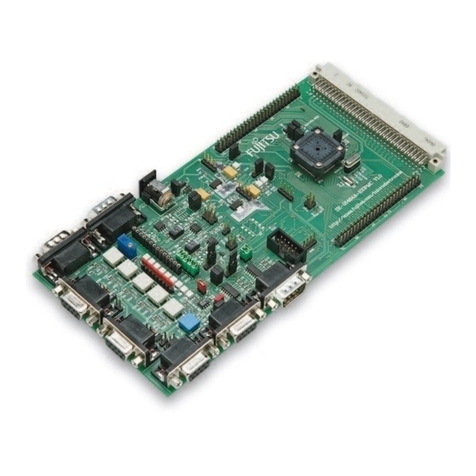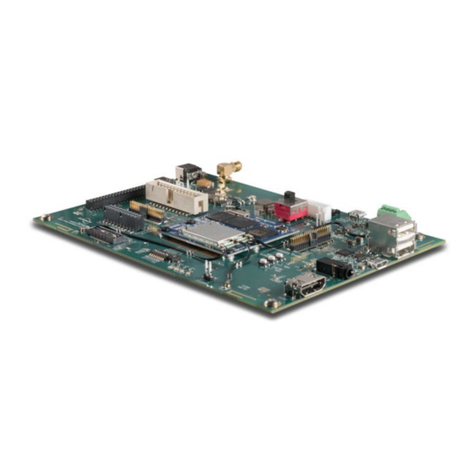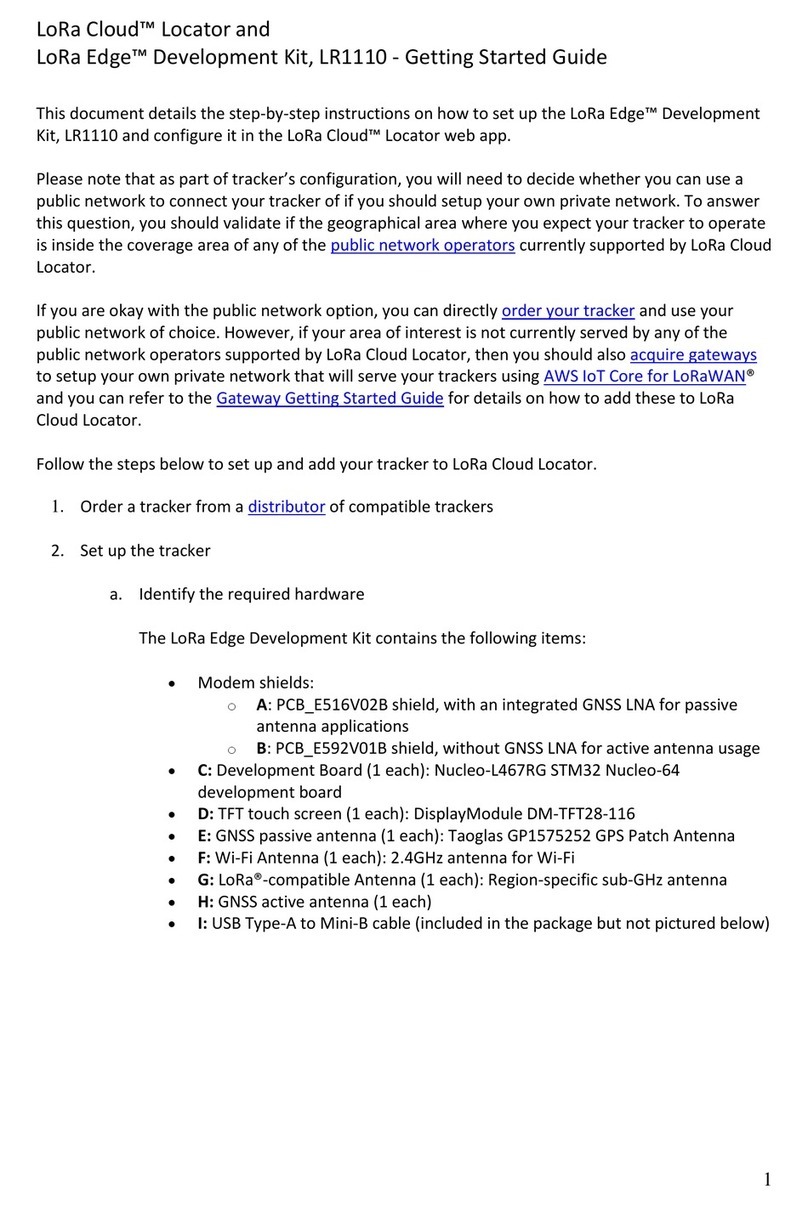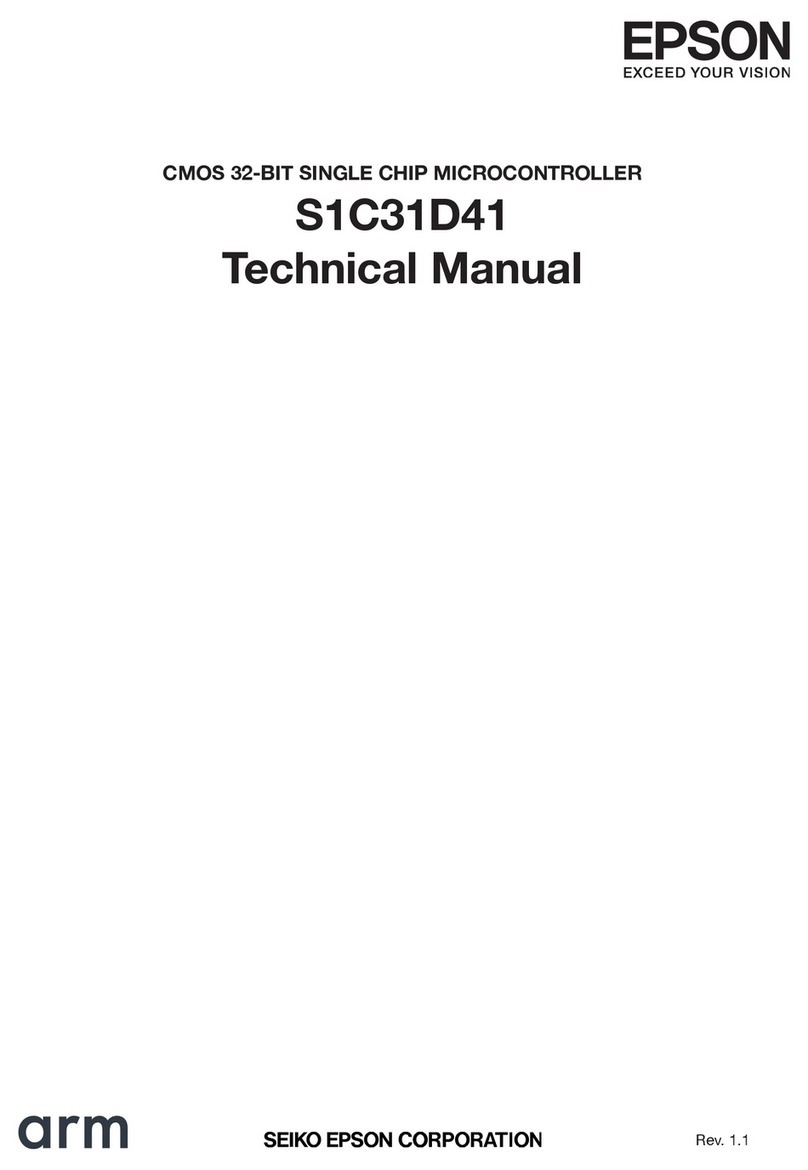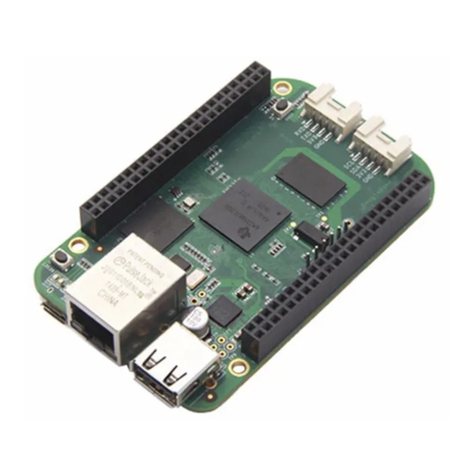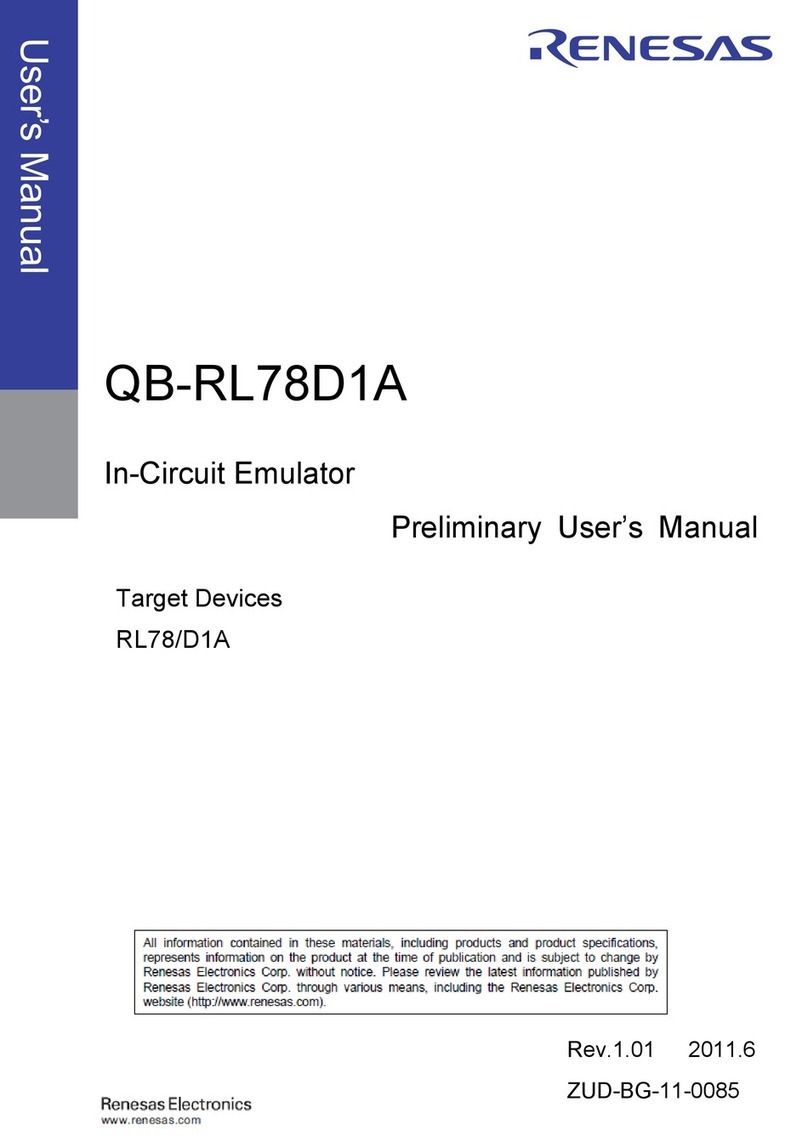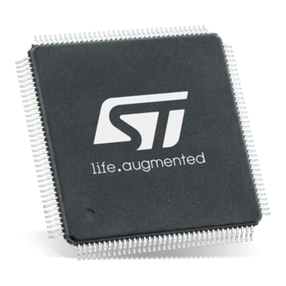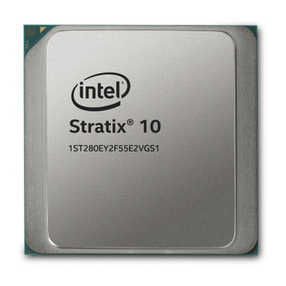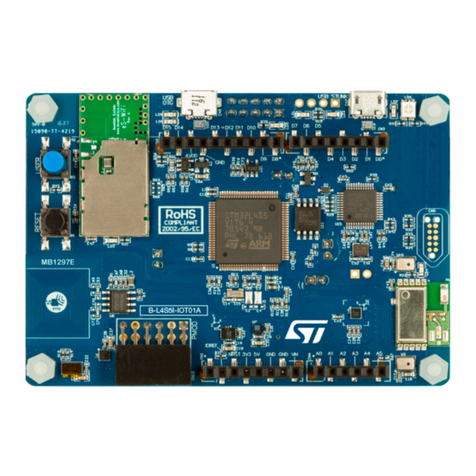GRAS SysCheck2 User manual

Instruction Manual
SysCheck2™ Software Development Kit
LI0282 – 1 December 2021


December 2021
SysCheck2™ Software Development Kit
Instruction Manual
Copyright Notice
©2021 GRAS Sound & Vibration A/S
grasacoustics.com
Any technical documentation that is made available by GRAS is the
copyrighted work of GRAS and is owned by GRAS.
The content in this document is subject to change without notice. GRAS
Sound & Vibration is not liable or responsible for any errors or
inaccuracies that may appear in this document.
Trademarks
Any product names mentioned in this document may be trademarks or
registered trademarks of their respective companies and are hereby
acknowledged.
Any feedback or questions concerning this document are welcome at
Revision Date Description
1 26 Nov 2021 SDK version 2.0.7


Table of Contents
1 | Introduction - - - - - - - - - - - - - - - - - - - - 3
1.1 SDK for 246AE and 246AO microphones overview - - - - - - - 3
2 | SysCheck2 functional specifications - - - - - - - - - 5
3 | SysCheck2 behavior - - - - - - - - - - - - - - - - 7
3.1 SysCheck2 polarization voltage dependency - - - - - - - - - 7
3.2 SysCheck2 temperature dependency - - - - - - - - - - - - 8
4 | SysCheck2 usages - - - - - - - - - - - - - - - - - 9
4.1 Example of use case: - - - - - - - - - - - - - - - - - - - - 10
5 | 246AE and 246AO firmware 1.8 - - - - - - - - - - 13
5.1 Control via user data in template UIDID 127-0-0-0U - - - - - 13
5.1.1 Behavior - - - - - - - - - - - - - - - - - - - - - - - - - - - - 13
5.1.2 Examples - - - - - - - - - - - - - - - - - - - - - - - - - - - - 15
6 | Description of SysCheck2 microphone and integration
software 17
6.1 Introduction - - - - - - - - - - - - - - - - - - - - - - - - 17
6.2 Requirement specifications for user interface - - - - - - - - 17
6.3 SysCheck2 integration commands - - - - - - - - - - - - - 18
6.3.1 Function «Retrieve env parameter» - - - - - - - - - - - 19
6.3.2 Function «Make SysCheck2 reference» - - - - - - - - - 21
6.3.3 Function «SysCheck2» - - - - - - - - - - - - - - - - - - - - 23
6.4 Notes - - - - - - - - - - - - - - - - - - - - - - - - - - - 27
7 | GRAS TEDS editor SW0051 - - - - - - - - - - - - - 29


3
1 | Introduction
1.1 SDK for 246AE and 246AO micro-
phones overview
SysCheck2™is a GRAS-patented technology for verifying mea-
surement chain integrity. This verification tool performs remote
health check on microphones, channel gain and cable integrity.
The verifications are made on each SysCheck2-enabled micro-
phone connected to a CCP power module with transducer elec-
tronic data sheet (TEDS) support and measurement software
with one click.
This software development kit (SDK) enables access to the
SysCheck2 functionality.
You will need an analyzer with the ability to connect to a CCP-
based microphone and the ability to read and write to TEDS.
Alternatively, you can use a CCP-capable power analyzer with a
non-CCP-capable analyzer or sound card with TEDS read-write
capability. Because the required hardware is built into the micro-
phone itself (Fig 1), no further specialized hardware is needed.
Figure 1-1 | Schematic of SysCheck2 internal components.

5
2 | SysCheck2 functional specifications
The microphones’ acoustic specifications follow their GRAS 46Ax
counterparts.
SysCheck2-specific specifications are given in the following tables.
SysCheck2 generator specification (over temperature range -30°C
to 85°C):
Parameter Value Table 2-1
SysCheck2 generator
specification (over
temperature range
-30 to 85°C /
-22 to 185°F)
Frequency, sine 250 Hz
Frequency stability ±3%
Amplitude level
stability
±0.03 dB
Amplitude level
tolerance
±1 dB
Harmonic distortion -40 dB
Output level with no
microphone
-1.1 dB V
Output level with
246AE (Cmic: 14pF)
-27 dB V equivalent to
93 dBSPL
Output level with
246AO (Cmic: 20pF)
-27.5 dB V equivalent to
105.5 dBSPL
Parameter Value Table 2-2
Environment sensor:
(operational
-40 to 85°C /
-40 to 185°F)
Temperature ±2°C (0 to 65°C) /
±3.6°F (32 to 149°F)
Pressure, static ±1.5 hPa (0 to 65°C /
32 to 149°F), 300 hPa
to 1100 hPa)
Humidity, relative ±4% RH (0 to 60°C /
32 to 140°F, 0 to 100%)

7
3 | SysCheck2 behavior
SysCheck2 has very well-defined coupling of the test signal to the
microphone due to a precision coupling capacitor with a guarded
signal path from the generator in close proximity. This results in
reliable test results over a wide frequency range due to no stray
coupling of test signal to preamplifier, polarization voltage or in
transmission cable.
Testing the capacitance at medium frequencies (e.g., 250Hz) can
verify the general sensitivity of the microphone.
Microphone sensitivity depends on temperature and static pres-
sure; therefore, temperature and static pressure must be
accounted for. An environment sensor is included for this purpose.
Because temperature has very little influence on the SysCheck2
generator level. SysCheck2 measurements therefore accurately
reflect changes in capacitance, including those caused by changes
in temperature. The membrane capacitance has a slight frequency
dependency, but not enough to influence the frequency response.
Potential causes for a change in microphone capacitance are:
• Change in temperature
• Change in polarization voltage
• Change membrane tension
• Damage to the microphone housing or the membrane
NOTE: SysCheck2 can reveal sensitivity change due to temperature, but not
based on a change in pressure or humidity.
3.1 SysCheck2 polarization voltage
dependency
Decrease in sensitivity of 0.3 dB due to reduction of polarization
voltage results in increased SysCheck2 voltage of 0.1 dB. The
dependency is described in Figure 3-1.

8 | SysCheck2™ Software Development Kit Instruction Manual
Figure 3-1 | Change in polarization voltage.
3.2 SysCheck2 temperature depen-
dency
Figure 2 describes the influence of temperature on the micro-
phone’s SysCheck2 sensitivity
Figure 3-1 | Temperature dependency, where:
40AE r20: is the SysCheck2 measurement with the load of 40AE
Piston cr20: is the measurement of the 40AE sourced by the
pistonphone.

9
4 | SysCheck2 usages
In the simple case where environmental condition have not
changed, a check with SysCheck2 @250 Hz before and after mea-
surement will ensure that the sensitivity has not changed more
than four times the SysCheck2-measured change in dB. In other
words, if the measured SysCheck2 result has changed 0.05 dB, the
microphone sensitivity is expected to be within 4*0.05 dB, ±0.2 dB.
Since the change can originate from different things, such as
change in membrane tension, change in mechanical or change of
charge, the sign of the change cannot be determined.
If temperature, ambient pressure, and humidity has changed, the
sensitivity of the microphone might also have changed. Initial
when the reference SysCheck2 measurement is made the tem-
perature, ambient pressure and humidity can read from 246AE or
246AO and memorized together with the measurement. If only
temperature has changed the SysCheck2 verification can be cor-
rected for this.
NOTE: No temperature correction is made automatically in neither 246AE or
246AO. The validation with SysCheck2 corrected for temperature, verifies
that the microphone is working correct, but the sensitivity might have
changed, the microphone sensitivity will need to be corrected for tempera-
ture. The temperature coefficient of the microphone set 246AE and 246AO is
-0.01dB/°C.
To avoid ambient noise disturbing the SysCheck2 verification, the
ambient noise must be reasonable low.
NOTE:
Using a 1/3 octave narrow band measurement the noise level of
60dB during test, will typically influence less than 0.2dB.
If the microphone is calibrated to -25.5dBV/Pa @ 23°C, the sensi-
tivity correction of 246AE microphone @ 35°C is -0.01*(35-
23)dB = -0.12dB, the sensitivity @ 35°C will be -25.5+(-
0.12)dBV/Pa = -25.62dBV/Pa.

10 | SysCheck2™ Software Development Kit Instruction Manual
4.1 Example of use case:
1) Together with a calibration of the microphone, make a
SysCheck2 reference measurement:
a) Measure the SysCheck2 level, e.g -27.20dBV
b) Read the temperature from the TEDS, e.g. 25°C
NOTE: These data can be used to verify the microphone later.
2) In the field when a verification of the microphone is needed:
a) Measure the SysCheck2 level, e.g.,-27.03dBV
b) Read the temperature from the TEDS, e.g., 35°C
c) Calculate temperature corrected verification*:
SC_level_corrected = SC_level_measured – ((Ta)2
* TC2 + Ta * TC - ((RT)2 * TC2 + RT * TC))
→ SC_level_corrected = -27.03 - ((35)2 * -96.0E-
6 + 35 * 16.1E-3 - ((25)2 * -96.0E-6 + 25 *
16.1E-3) ) = -27.13 dB
Verification deviation (Difference to SysCheck2 level):
DSL = | SC_level_corrected – RL | = | -27.13 -
(-27.20) | = 0.07 dB
Use DSL result for evaluating Acceptance level according to Table
4-1:
*Read TC2 and TC from the user data—can be recalled by command tc2 and tc, in
this example is used: tc2 = -96.0E-6 and tc = 16.1E-3
Acceptance
Level
SysCheck2 Level (DSL) Green Red Table 4-1
Acceptance level
parameters
Green Red
0.3 DSL <= 0.08 DSL > 0.08
0.5 DSL <= 0.13 DSL > 0.13
0.8 DSL <= 0.21 DSL > 0.21

11
The microphone is expected to measure correct within 0.3 dB
according to Table 4-1 (when corrected for any change in the envi-
ronmental conditions).
NOTE: If the microphone is calibrated to -25.5dBV/Pa @ 23°C, the sensitivity
correction of 246AE microphone @ 35°C is -0.01*(35-23)dB = -0.12dB, the
sensitivity @ 35°C will be -25.5+(-0.12)dBV/Pa = -25.62dBV/Pa.

13
5 | 246AE and 246AO firmware 1.8
5.1 Control via user data in template
UIDID 127-0-0-0U
In user data the SysCheck2 communication is encapsulated, start-
ing with “{:“, and the communication terminated with “}”, before
and after this the user data is free to use.
5.1.1 Behavior
In digital mode
Normal IEEE 1451.4 TEDS mode, chip used DS2431.
In analog mode
Reads and acts upon content of the TEDS.
If the generator has been enabled in TEDS, it will turn on in analog
mode and the “f” in the user data will be changed to “F”, ensuring
that the generator will not turn on again automatically, unless the
generator timeout has been specified.
If the generator timeout has been specified, the generator will
always start and turn of after the specified time.
The line drive capacity is reduced with 1.2 mA when LED is on, and
with 0.7 mA with generator on. Normal analog mode is not affected,
SysCheck2 idle current is typically 5 uA.
User data commands
The command string is preceded by “{:” and terminates with “}”

14 | SysCheck2™ Software Development Kit Instruction Manual
Each command in the command string must be followed by the
needed spaces for the response, shown in each command in
parentheses.
Commands are, in general, disabled after first use. This is done by
uppercasing the first command letter. For the LED command’s this
can be disabled by the command “a”.
The protocol for control and response in user data used by GRAS is
identified with a Pid. The Pid is a HEX number that defines the
capabilities. Each bit in this number indicates if a set of “command /
response” is supported.
The definition is open to append more bits. Once the interpretation
of a bit is defined by GRAS, its definition shall not later be changed.
For example and reference, GRAS microphones 246AE and 246AO
will return “Pid 00003F”.
Table 5- 1 | User data commands—figure in parenthesis designates the total
needed field width of the command, and commands shall be separated by
a space. .
Command Deffinition
pid (11) Will return protocol ID in hex, e.g. 246AE returns Pid 00003F.
f Generates a sine wave at 250Hz, it can be disabled after used, by changing
f to F.
tc2 (14) Will return the tc2 in the user data, e.g., Tc2 -96.0E-6
tc (13) Will return the tc in the user data, e.g., Tc - 16.1E-3
gto # Generator time out in seconds, max value 225 s, gto 60 will turn of the
generator after 1 minute.
fw (8) Will return firmware version in user data, e.g., Fw 1.8
hw (8) Will return hardware version in user data, e.g., Hw 3.0
t (8) Requests the temperature, the TEDS will be updated when Analog mode is
entered with the CPU temperature in °C (accuracy is reduced, but opera-
tional up to 125°C), e.g., “t90.3”
env (18) Requests environmental condition in the preamplifier, the TEDS will be up-
dated when Analog mode is entered with the temperature in °C, the ambient
pressure in hPa and relative humidity in %, e.g. “env 23.4 1009 43 “.

15
Factory defaults for 246AE and 246AO
User data for 246AE and 246AO are as follows:
•246AE {: Pid 00003F F Env 23.0 1013 50 RL -
27.00 RT 23.0 RP 1013 Tc2 -96.0E-6 Tc 16.1E-3 G
010 }
•246AO {: Pid 00003F F Env 23.0 1013 50 RL -27.00
RT 23.0 RP 1013 Tc2 -85.0E-6 Tc 10.2E-3 G 010 }
NOTE: both padded with spaces to allocate space for response, total length
101 chars.
5.1.2 Examples
The following are examples of common use scenarios:
• User data:
{: f RL -26.20 RT 24 rgb }
This will flash r, g, b led each in 5 sec. (default), and turn on test
signal, which will stay on while in analog mode.
• User data:
{: f RL -26.20 RT 24 g2 }
r # Turn on LED red*,†)
g # Turn on LED green*,†)
b # Turn on LED blue*,†)
x # Turn on all LED one at a time*,†)
a disables disable after first use for LEDs
RL # Ref level in dB: RL #‡)
RF # Ref frequency in Hz: RF #‡)
RT # Ref temperature in °C: RT #‡)
RP # Ref pressure in hPa:RP#‡
*. If xrgb is followed with a # the LED will turn off after the specified time (max 600 s), if no time
is applied it will turn off after 5 s.
†. The noise floor will be a bit higher while the LED is on.
‡. The capital letters are not interpreted by 246AE and 246AO.

16 | SysCheck2™ Software Development Kit Instruction Manual
This will hold green LED on for 2 sec and turn on test signal,
which will stay on while in analog mode.
• User data:
{: RL -26.20 RT 24 bg2 }
This will hold blue LED on for 5 sec followed the green LED on
for 2 sec, and normal measurement can be done, the noise floor
will be a bit higher while the LED is on.
• User data:
{: f gto 45 RL -26.20 RT 24 g2 }
This will hold green LED on for 2 sec and turn on test signal in
45sec. and return to normal measurement in analog mode.
• User data:
{: f gto 45 RL -26.20 RT 24 env g2 }
This will measure temperature, air pressure and relative humid-
ity in the preamplifier and write these into user data, then hold
green LED on for 2 sec and turn on test signal in 45sec. and
return to normal measurement in analog mode.
Table of contents




